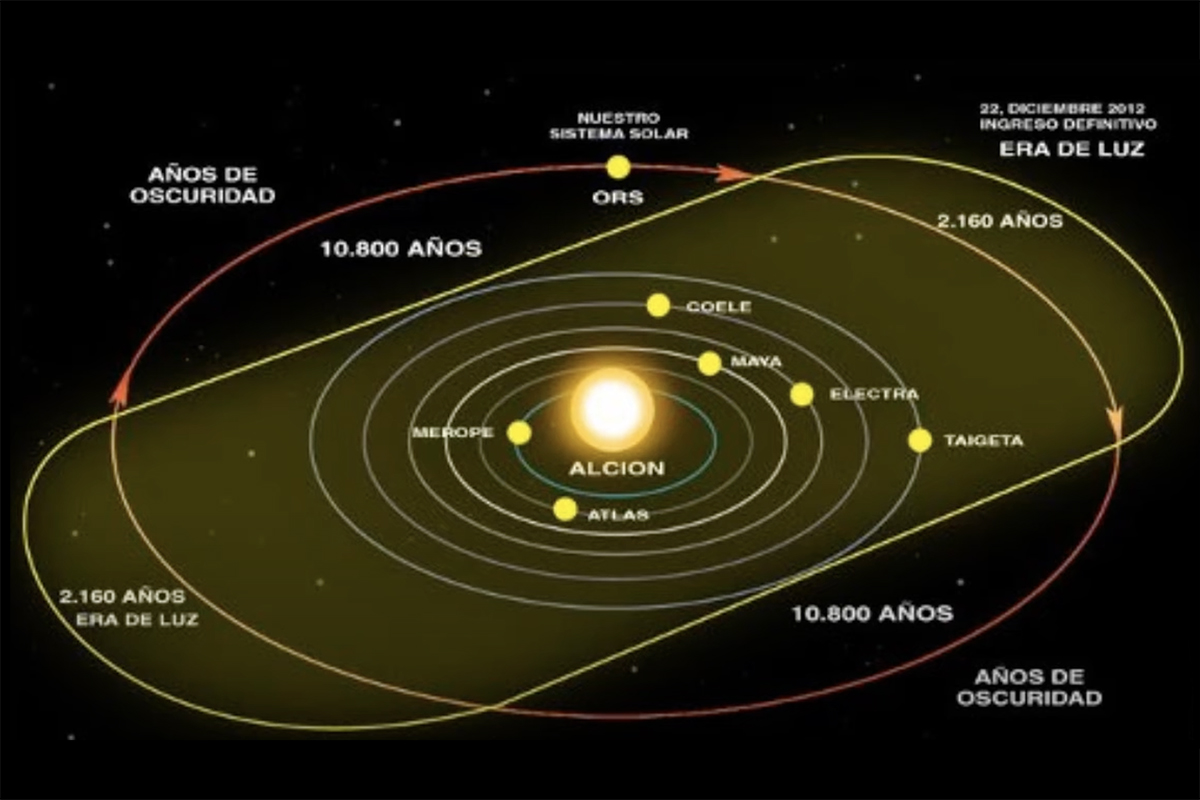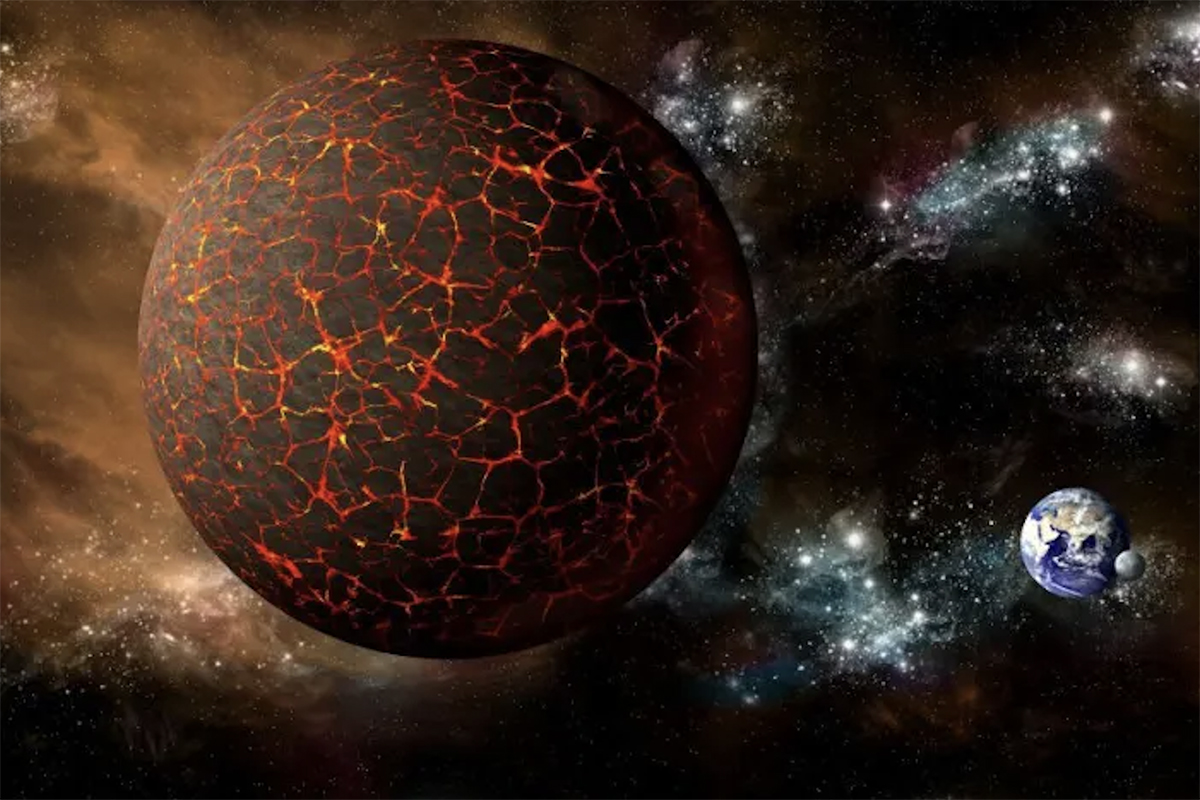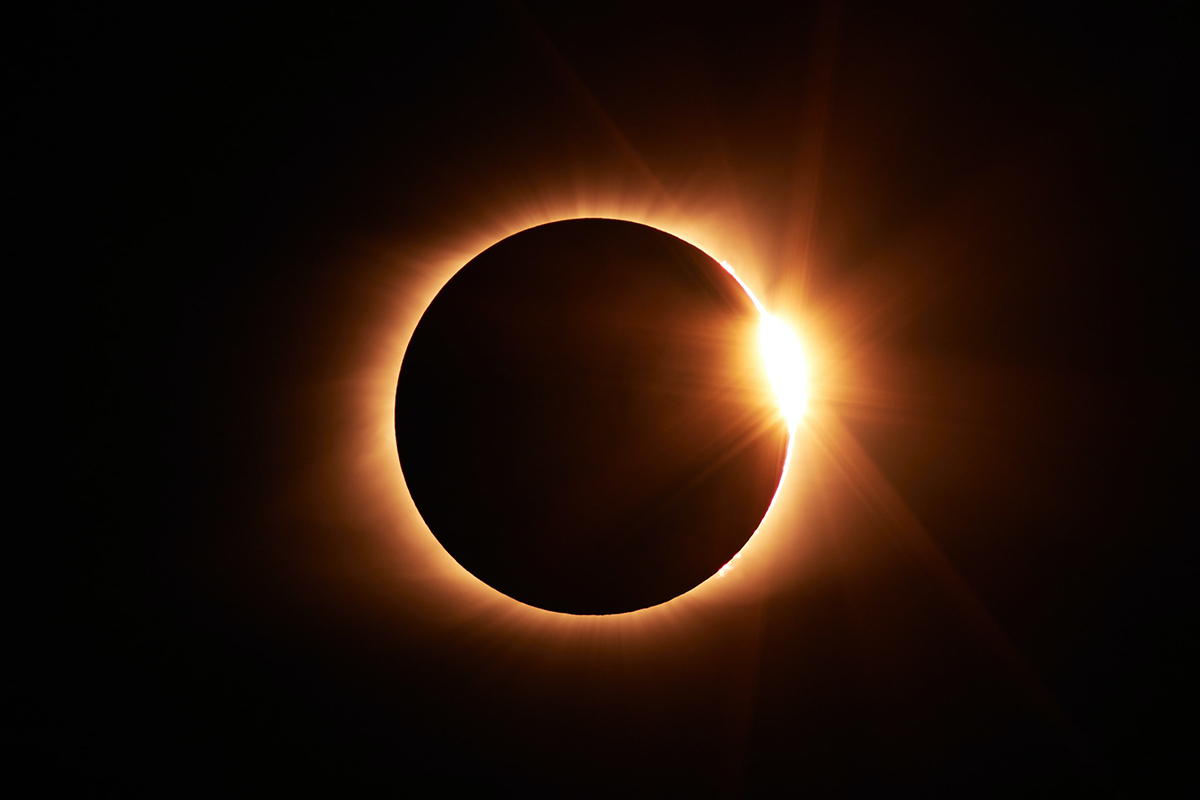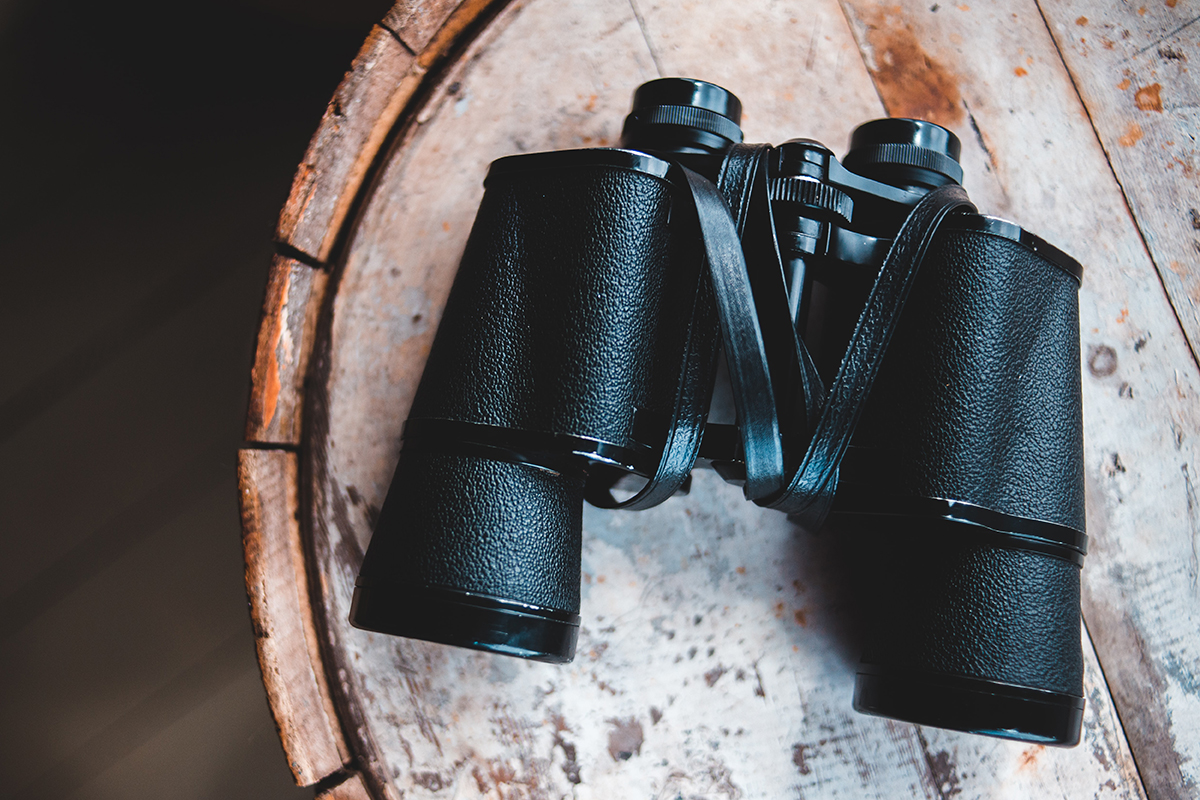Photon Belt
«24 continuous hours of light for 2000 years…» The photon belt is a story that rivals the also mentioned Hercólubus in astronomical errors, and sometimes they are even spoken of as related phenomena. The truth is that this story could at most aspire to be a good science fiction story, with…






